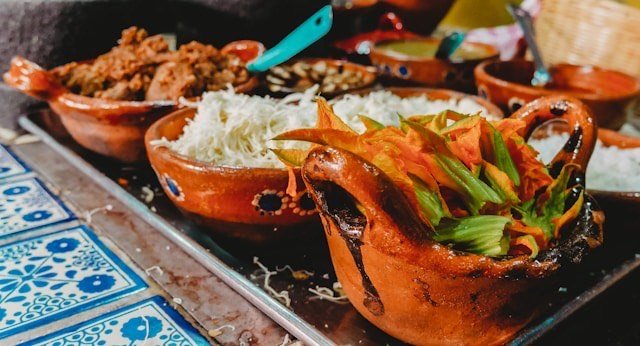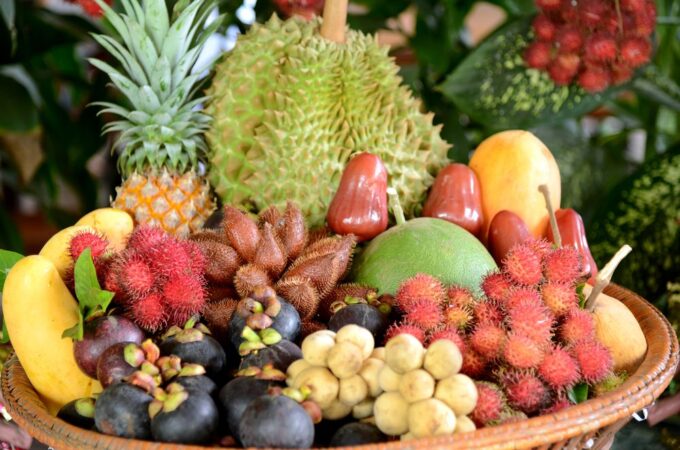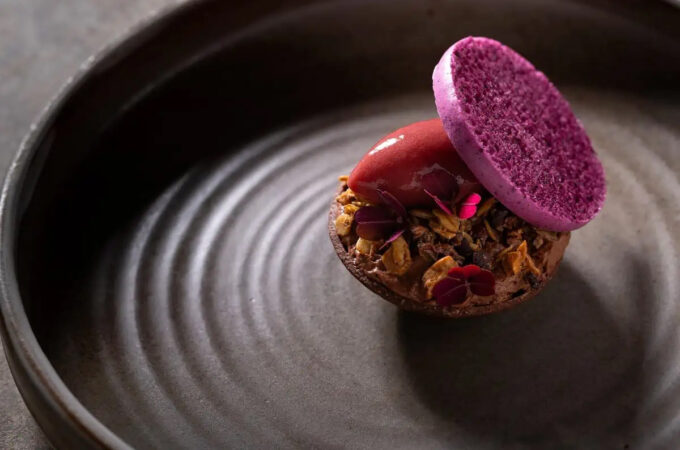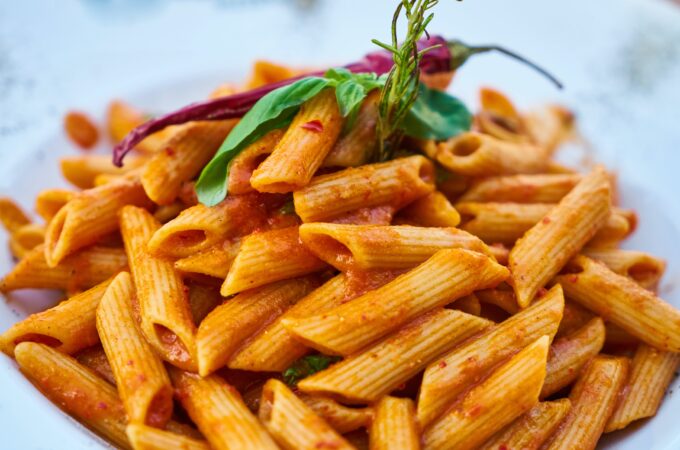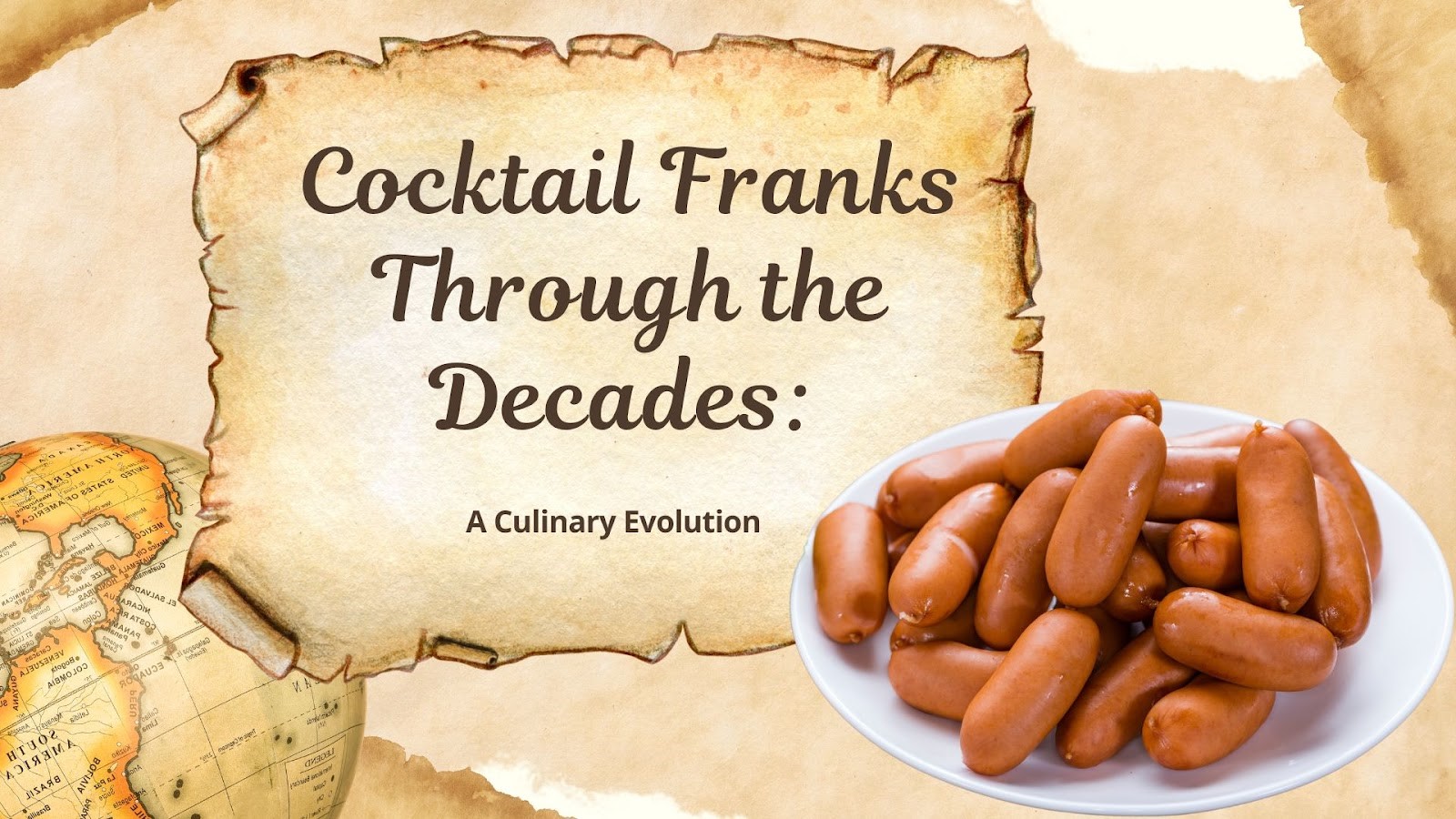
Cocktail Franks through the Decades: A Culinary Evolution
Cocktail franks have come to epitomize the indulgent delights of retro party foods. But their journey hasn’t been static. This petite cocktail Frankfurt sausage has traced a fascinating culinary path. As it mirrors the cultural shifts and innovations that have shaped American food trends over the past century.
In this article, we’ll explore the history of cocktail franks through the decades. We will bear witness to how these petite sausages have changed over time.
The Rise of Bite-Sized Pleasures
The early 20th century marked the creation of cocktail franks as the ideal companion to cocktails. Their compact size made them ideal bite-sized morsels that could be eaten while standing and mingling at parties. All without the need for cutlery or sitting at a dining table.
Party hosts took great care in obtaining high-quality miniature sausages to impress their guests. The art of crafting and serving creative canapés became a hallmark of memorable cocktail parties.
At upscale soirees, a great deal of care went into sourcing and preparing miniature sausages to serve guests. Hosts approached their cocktail franks selection with the same discernment as choosing fine wines. Popular recipes included seasoned pork, chicken, turkey, or beef sausages roasted over an open flame. Or, the food is grilled to impart a smoky aroma and caramelized exterior.
Cocktail sausages became symbols of taste and class. The art of crafting and serving creative canapés with petite sausages became a hallmark of memorable cocktail parties. Hosts competed to devise unique flavor combinations and elaborate displays. Platters might include franks enrobed in puff pastry, impaled on fruit skewers, or served atop crostini.
The miniature and DIY nature of cocktail franks enabled hosts to customize their catering styles. They may require advanced planning and effort. But if cooked well, cocktail franks helped hosts wow their guests in an intimate party setting.

Source: Hot Dog History organization
Cocktail Parties of the 1970s: A Glimpse into the Past
Step into a 1970s cocktail bash, and you’ll likely spot cocktail franks with tiered serving platters. These platters were served alongside fondue pots bubbling with melted cheese. You will also see bowls filled with bite-sized Swedish meatballs simmered in a sweet and tangy sauce. The 1970s marked the prominence of cocktail franks and other finger foods that enabled a convenient grazing approach to entertaining. This is a huge departure from traditional sit-down dinners. Party foods reflected the casual informality of the disco era.
Swedish meatballs, made from a blend of beef and pork and bathed in a sweet and tangy gravy, were another staple. Hosts spooned these bite-sized morsels beside the stacks of franks. That way, their guests can try both appetizers as they mingled.
This combination of finger foods epitomized the 70s trend of casual grazing. Rather than seated multi-course dinners, parties focused on easy snacking throughout the evening. Guests could nibble on the miniature meatballs and franks while enjoying cocktails. Napkins for wiping fingers replaced formal dining utensils.
The convenience foods reflected the informality and spontaneity of the disco era. Cocktail parties were get-togethers to unwind and have fun. Part of this relaxation came from foods that could be eaten while standing and socializing. Platters of franks and meatballs checked all the boxes for informal 70s entertaining.

The Culinary Cocktail: A Blend of Food and Drink
The growing popularity of cocktails soon inspired food recipes using drink ingredients and garnishes. Cocktail culture was no longer about the beverages. It was also shaping culinary creations too. Foods began to mirror the aesthetics of cocktails, with miniature franks impaled on frilly toothpicks.
The flavors, textures, and presentation techniques used in mixology began to influence the preparation of snacks. The interplay between cocktails and cuisine reached new high-concept expressions. And that’s done through the elevation of cocktail franks into tiny edible works of art.
The American Food Timeline: A Century of Change
To appreciate the enduring appeal of cocktail franks, we must go back and trace their place in American food.
A century ago, as you sat down for breakfast, you wouldn’t be reaching for fat-free yogurt. You won’t also sip on a café latte. Instead, you’d likely be indulging in porridge, flapjacks, or even a hearty serving of home-cured bacon. The 20th century brought about staggering transformations in American food habits. It also mirrors the societal and technological changes.
As we stepped into the 1900s, the nation’s optimism was palpable, not just in its booming industries. It is also reflected in its rich and meat-filled diet. High-end restaurants in New York weren’t serving beef or chicken. They were also offering exotic meats like elk and caribou. But it wasn’t about meats as the sweet tooth of Americans was becoming evident.
Imagine walking into a restaurant and ordering Oysters Rockefeller, a dish that reached its zenith in the early 1900s. Named after John D. Rockefeller, one of the wealthiest men in the nation, this dish epitomized the opulence of the time. And speaking of indulgence, by 1909, the average American was consuming a staggering 65 pounds of sugar per year. Desserts like chocolate brownies and apple pie are becoming household staples.
As the nation moved into the 1910s, its culinary landscape began to take a drastic shift. The surge in immigration introduced a plethora of new flavors to American kitchens. It wasn’t about traditional American dishes anymore; global influences were making their mark.
Ranging from Spaghetti and Meatballs to Chop Suey, the nation’s palate was expanding. But it wasn’t about new dishes; it was also about convenience. The 1910s marked the beginning of the processed food era with products like Hellmann’s mayonnaise and Oreo cookies. And shopping? It was transforming too. Gone were the days of handing over a shopping list to a store clerk. The self-service market concept emerged, revolutionizing the shopping experience.
Then came the Roaring Twenties. A time of jazz, flappers, and a surge in the popularity of electrical kitchen gadgets. But it wasn’t about the glitz and glamor. The nation’s culinary habits were evolving once again.
Despite the introduction of Prohibition, the American spirit remained unquenched. Speakeasies became the go-to places, leading to the birth of the cocktail party. And while cocktails were being shaken and stirred, salads began to make their mark. The Caesar Salad, created in 1924, became a sensation, solidifying salads’ place in American cuisine.
1. Regional Variations: A Taste of Local Delicacies
Different regions of America place their unique spin on cuisine, including cocktail franks. In the South, bites of sausage are served drizzled with sweet honey mustard. Alternatively, they are baked in a zesty BBQ sauce. Down in Louisiana, mini Andouille sausages reflect the local flair for heat and spice. Up North, Tailgate Franks smothered in sauerkraut and mustard. This rendition of cocktail franks encapsulates the area’s passion for sports gatherings.
On the West Coast, fusion flavors like teriyaki cocktail franks point to the diversity of the region. The uniqueness of each area’s rendition highlights how geography and culture shape even small menu items like cocktail franks.

Source: National Hot Dog and Sausage Council
2. The Modern-Day Revival of Retro Food Trends
Today, cocktail franks are experiencing a revival. This is due to the larger rediscovery of mid-century recipes. Contemporary hosts are giving retro party foods a fresh, modern twist. They use unique flavor combinations, playful presentations, and locally sourced ingredients. Themed cocktail parties pay homage to previous eras while showcasing updated culinary techniques. It’s a fusion of nostalgia with novelty.
At the same time, classic renditions of cocktail franks remain mainstays at family barbeques, game days, and holiday feasts. It is proof of their lasting comfort and appeal. Their versatility, portability, and nostalgia-inducing qualities ensure cocktail franks will continue to be part of American food culture for decades to come.
FAQs
1. How have culinary cocktails impacted the popularity of cocktail franks over the years?
The integration of cocktail culture into food expanded the possibilities of cocktail franks. Creative plating and use of spirits, bitters, herbs, and garnishes taken from mixology allowed hosts to transform franks into miniature edible cocktails. This innovation enabled the pairing of cocktails with complementary bite-sized snacks.
2. What are the factors that have contributed to the culinary evolution of cocktail franks?
The factors that contributed to the culinary evolution of cocktail franks are the following:
- Immigration and cultural diversity
- Food technology innovations
- Casualization of entertaining
- Interchange between cocktails and cuisine, which showed the versatility of cocktail franks
- Adaptability to different seasonings, cooking methods, and presentations
3. How have regional variations of cocktail franks influenced their global appeal?
The distinct local flavors and food traditions highlight their broad versatility. Regional renditions showcase the universal appeal of this appetizer. Regional twists of cocktail franks continue to attract consumers worldwide.
Cocktail Franks: Not just a Delicacy, but a Flavor Trip through History!
So as you bite into a cocktail frank today, remember you’re taking a tasty bite of American history! These petite sausages carry a legacy of culinary evolution intertwined with shifting tastes and trends. Here’s to many more decades of creativity and reinvention for the cocktail frank!
Who knows? Sooner or later, we might see more delicacies related to cocktail franks – either a discovery or a rediscovery.
